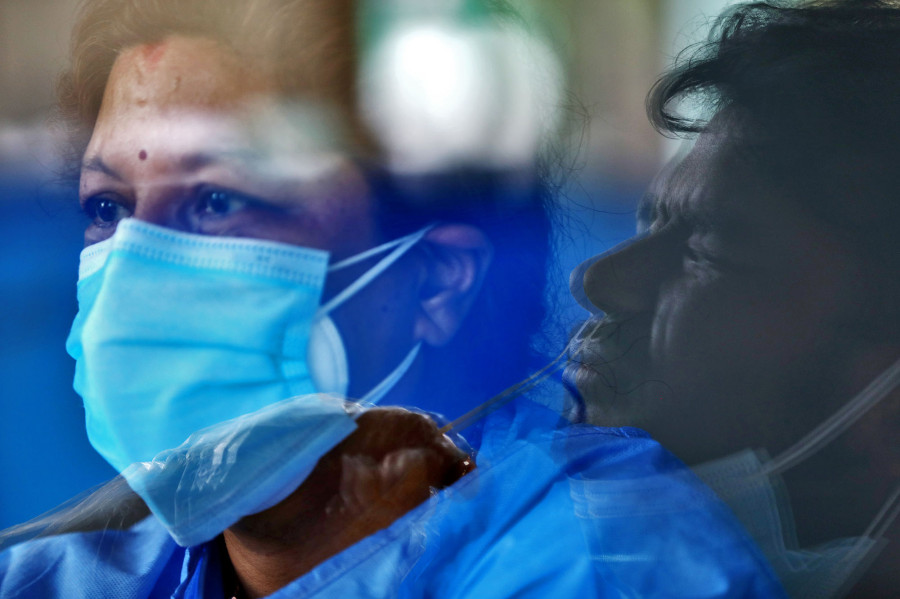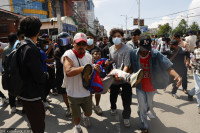Editorial
Ramp up testing
Without curbing the infection rate, we risk a perilous situation of a flare-up in new cases and deaths.
Following a surge in infections and deaths this month, the Health Ministry on Sunday published a Micro Containment Plan directing early detection of infections and ensuring effective isolation. The new guideline for containment of Covid-19 also prescribes a mandatory 10-day quarantine for people in close contact with the infected followed by testing, either a polymerase chain reaction (PCR) or an antigen test, within five days of quarantine. The ministry further instructs that municipalities follow up with the isolated and quarantined and manage situations if health complications arise.
The containment plan also envisions a Covid-19 facilitation group in each neighbourhood to assist the quarantined and the guidelines applicable right from the household level to entire municipalities. Time will tell if the containment plan, which has come too late, will be implemented as the government considers imposing a health emergency, but we fail to plan again without expanding testing.
The ebb and flow of Covid-19 cases and infection clusters across the country, especially outside Kathmandu Valley, beg for one thing if we want to get out of the pandemic and prohibitory orders safely—mass testing. Without testing, there’s no isolating the infected or starting early treatment to prevent severe complications and deaths. Lack of testing also makes contact tracing impossible, and carriers of the virus, symptomatic or not, could spread the virus to other people, especially the 60 plus age group, who have the highest risk of death.
Breaking the chain of transmission to contain the spread of more transmissible variants of the coronavirus amid a deadlier second wave would thus require the government to launch free and reliable mass testing on a war footing alongside the stringent restrictions imposed nationwide, especially in rural and remote districts and hotspots outside the valley where health resources and PCR tests are scarce, inaccessible and in most cases, unaffordable.
Amid a rapid surge in new infections in rural areas, the ministry has rolled out 1.7 million antigen test kits throughout the country. Officials say they plan to conduct some 25,000 antigen tests daily to check spread in rural areas. While the antigen tests are not as reliable as PCR tests, they can be conducted door to door and return quicker results without the requirement of complex laboratories and equipment.
Given the threat of the deadly second wave and scarcity of PCR laboratories, antigen tests will be instrumental in isolating the infected to contain the virus in rural areas. It will also offer valuable insights for epidemiologists and officials to assess the scale of infections, and allocate lifesaving resources accordingly. However, the antigen tests should be no excuse to decrease PCR tests, and authorities should be wary that without adequate testing, we will never identify emerging hotspots and clusters.
Similar to how the new ministry guideline envisions, it will be impossible to flatten the curve without aggressive testing. Early detection and isolation of the infected and quarantining contacts are the only science-guided measures to lessen the infection rate and prevent severe complications and deaths. Without curbing the infection rate, we will miss the opportunity to relax restrictions sooner and risk a perilous situation of a flare-up in new cases and deaths. The right thing to do is ramp up testing. We can’t make the same mistake twice.




 7.12°C Kathmandu
7.12°C Kathmandu














